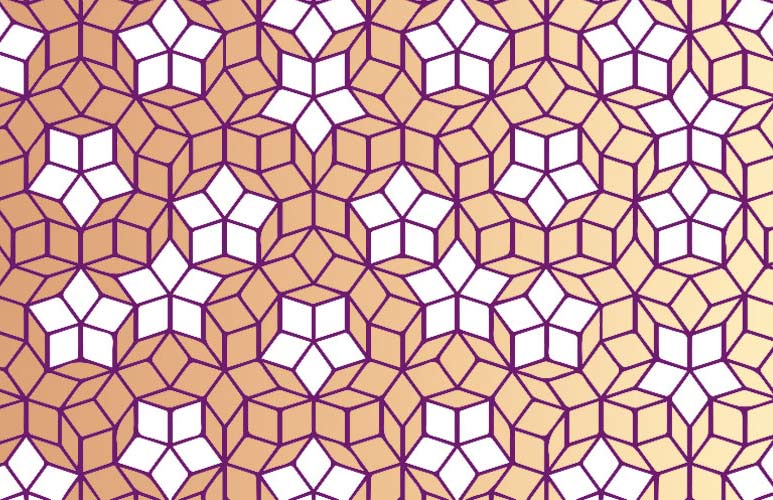This animation intends to spark curiosity about design careers outside of the more conventional fields such as architecture, product design, graphic design, or fashion design. It introduces a type of design practice which goes beyond the design of commodities, and focuses more on the holistic, ecological and systemic role of design in addressing societal challenges, urging you to think about your own identity as a designer and how you may navigate this diverse and exciting landscape of design practice.
As you watch, think of the historical background of design
Historically, design was associated with crafts, the making of things that have some utility. But in the 19th century and with the industrialisation of society, designers started to work not as craftspeople, but also as ‘knowledge experts’. Designers became responsible for generating ideas that would add value to a product by making it for instance more desirable, safer or easier to use. Ultimately, designers became responsible for the creation of blueprints that will help construct or manufacture a particular type of product (e.g. a building, a digital interface, a garment). In other words, designers were not anymore just ‘the makers’ but became the domain experts that would specify the properties of commodities to be manufactured or produced through the use of technology.
The practice of designers continued to transform and in the second part of the 20th century new forms of design started to emerge. These new forms of design work seem to move away from the traditional boundaries of design disciplines, such as architecture, product or graphic design, defined by the type of design artefact or commodity to be produced. There is an increased recognition that design is a creative, social and ecological practice that can be applied to address societal challenges by creating ecosystems of commodities but also other assets such as natural resources, social connections, socio-technical infrastructures or ventures. Creating these ecosystems, infrastructures or ventures requires new disciplinary knowledge.




Rate and Review
Rate this video
Review this video
Log into OpenLearn to leave reviews and join in the conversation.
Video reviews